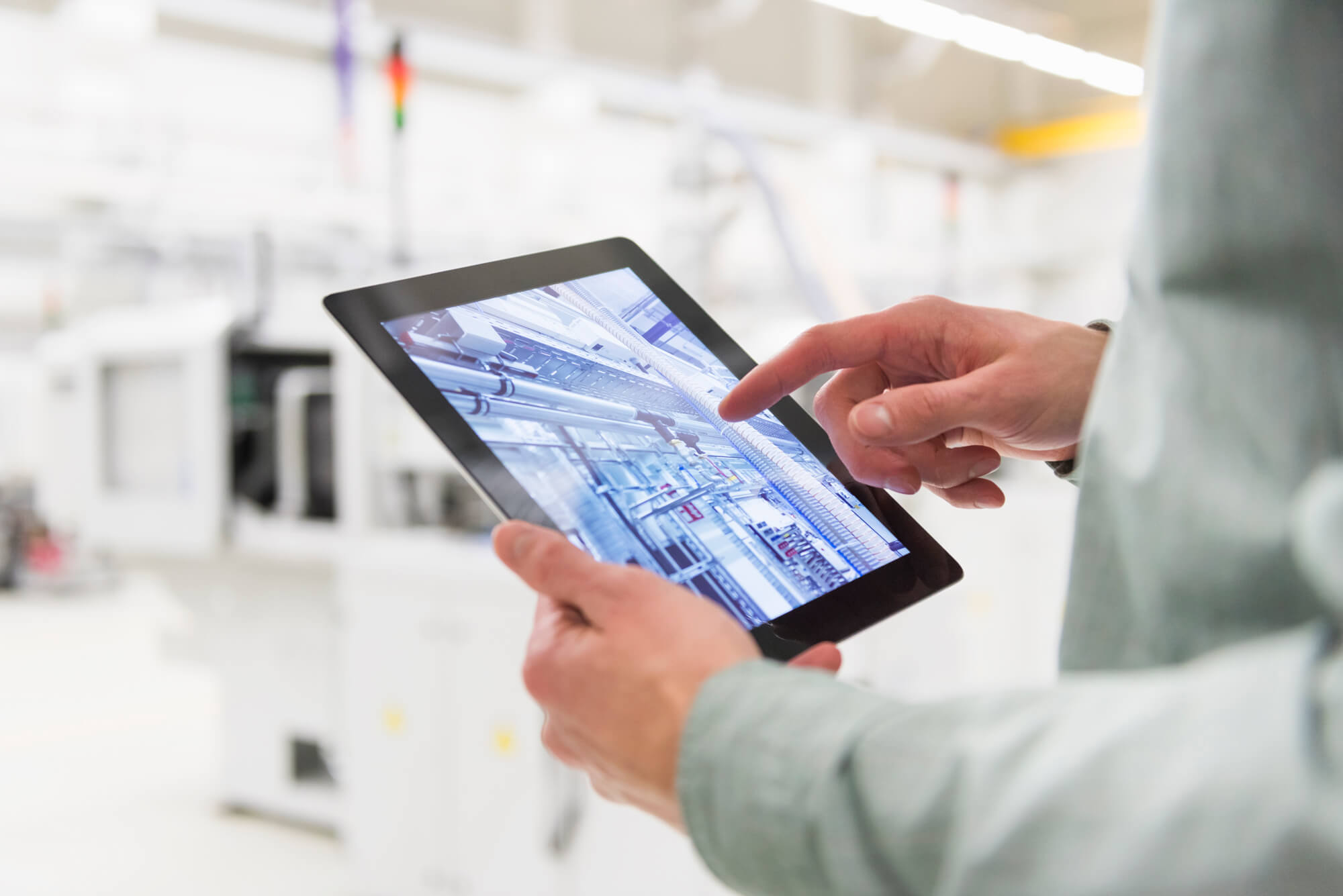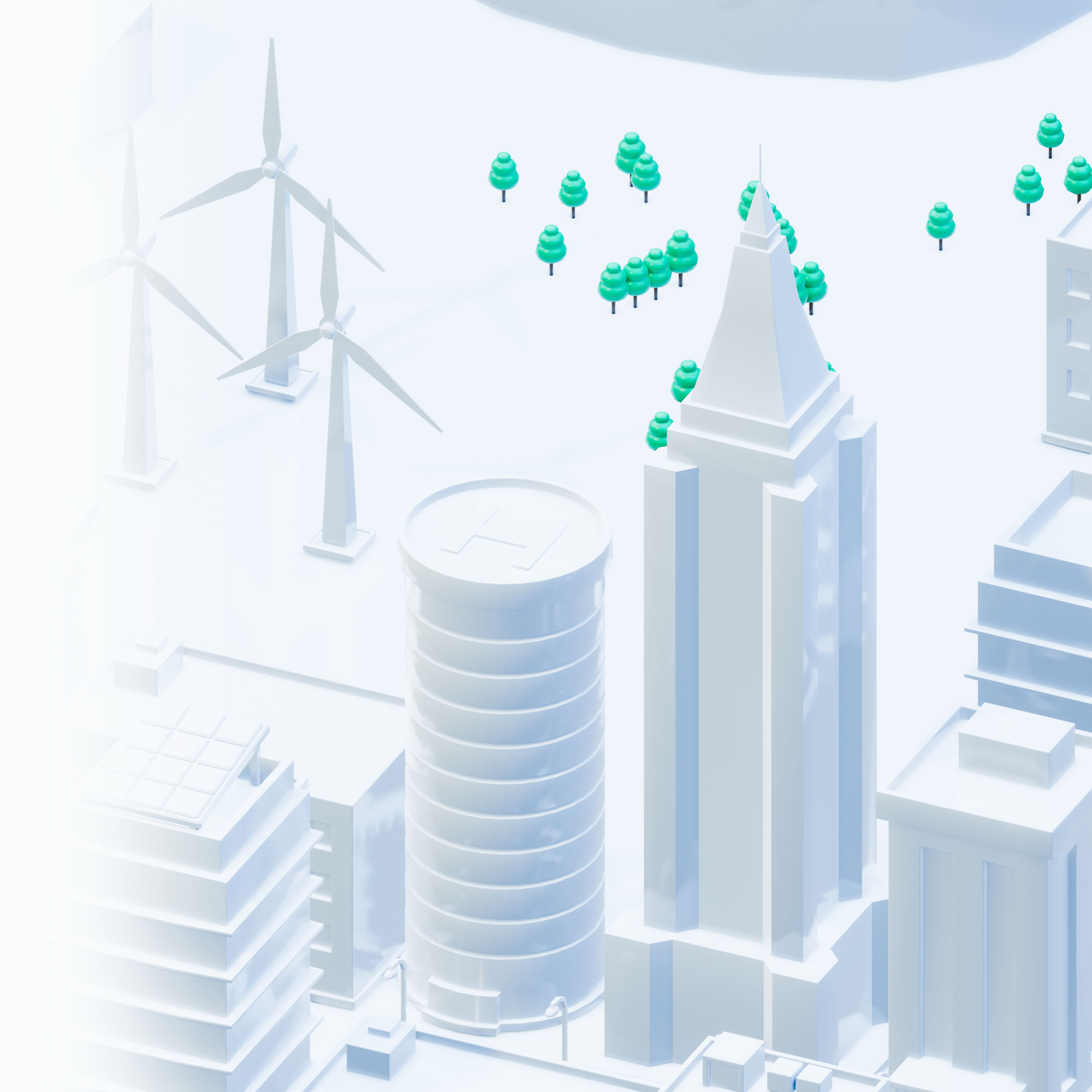Commitment
We commit to reduce our GHG emissions by 50% between 2019 and 2030 across our value chain. This recalibrated target covers all Scopes 1, 2, and 3, our value chain. The target was accepted by the Science Based Targets initiative in March 2021 and fulfilled our commitment to recalibrate in line with 1.5°C warming scenario.
Emissions from our products in use in customer networks are by far the greater part of our carbon footprint. The new Scope 3 target to reduce emissions by 50% by 2030 now includes close to 100% of the company’s current product portfolio, logistics and assembly factories within its supply chain. The same 50% target to reduce emissions applies to our Scope 1 and 2 emissions which cover our own operations including our facilities, R&D labs, car fleet and marine fleet. We also joined RE100 and set a target to purchase 100% renewable electricity across our facilities by 2025.
In 2021 Nokia President and CEO also joined a group of 26 CEOs as a founding member in signing a declaration to support the Green and Digital Transformation of the EU. The European Green Digital Coalition includes an industry ambition to work towards achieving net zero by 2040.
Nokia was the first telecoms vendor to commit to Science Based Targets (SBT) in 2017 based on the Paris Agreement. Our original targets were on track by the end of 2020. We report annually on our achievements against our public targets.
Lighthouse initiative
Nokia Digital Deployment Services – Beyond speed, quality and cost efficiency, the new requirement for network rollout is sustainability. Deployment of robust, reliable networks is more critical than ever, and it is now possible to reduce the emissions and environmental impact of those deployments.
Digitalisation of network rollouts and builds enables the conversion of regular site inspections to remote site surveys through drones or video platforms, allowing also remote issue resolution. AI and virtual reality collaboration tools mean multiple teams and individuals no longer need to travel back and forth for site inspections, and engineers can remotely provide expertise and management support. Imagine removing on average 10km drives to and from hundreds of thousands of sites – and the emission reductions potential is clear. This same digitalisation through 5G is enabling other industries to achieve greater emission reductions.


